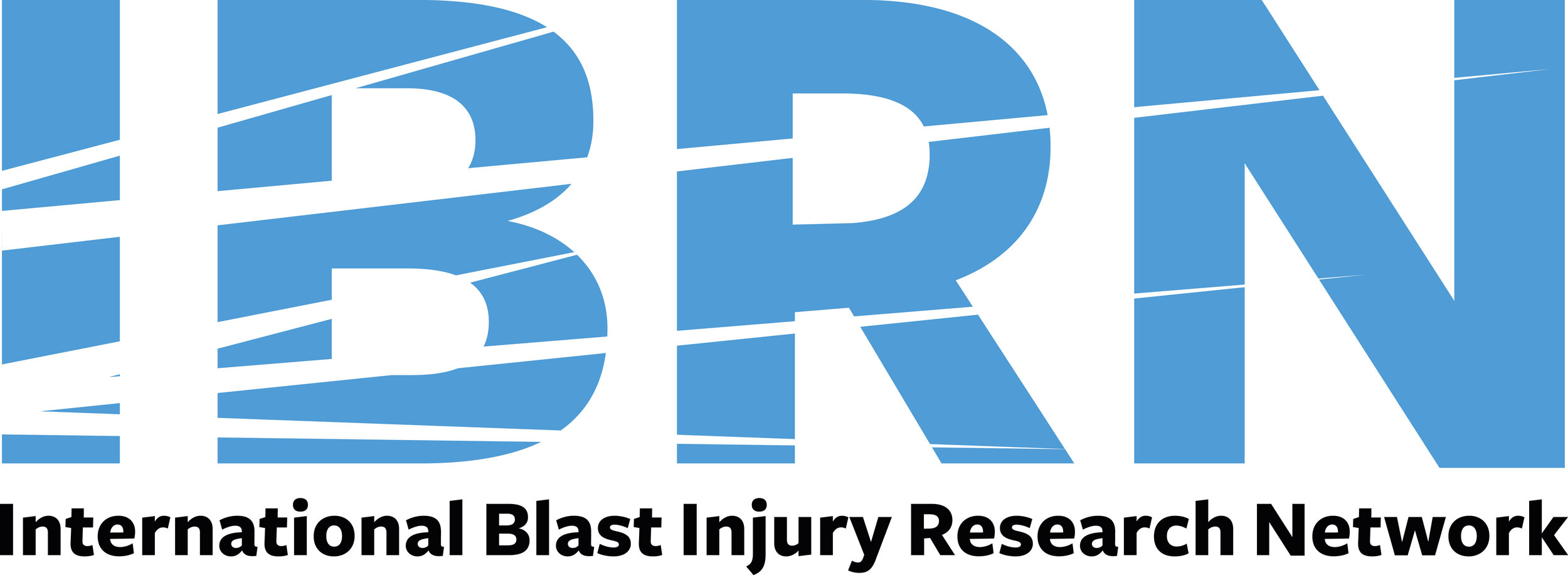Research Investment Mapping
How Much Has bEen invested into blast Injury research? what was funded? how has funding changed in the last 20 years? what about the future?
Our results are published in BMJ Military Health
We are pleased to announce our new article from the IBRN team published in the BMJ Military Health! We report how ~$900m of public and philanthropic research funding has been invested into blast injury-related research & blast traumatic brain injury (bTBI) over the last 20 years. See the full article here: http://dx.doi.org/10.1136/bmjmilitary-2020-001655
Introduction There is little systematic tracking or detailed analysis of investments in research and development for blast injury to support decision-making around research future funding.
Methods This study examined global investments into blast injury-related research from public and philanthropic funders across 2000–2019. Research databases were searched using keywords, and open data were extracted from funder websites. Data collected included study title, abstract, award amount, funder and year. Individual awards were categorised to compare amounts invested into different blast injuries, the scientific approaches taken and analysis of research investment into blast traumatic brain injury (TBI).
Results A total of 806 awards were identified into blast injury-related research globally, equating to US$902.1 million (m, £565.9m GBP). There was a general increase in year-on-year investment between 2003 and 2009 followed by a consistent decline in annual funding since 2010. Pre-clinical research received $671.3 m (74.4%) of investment. Brain-related injury research received $427.7 m (47.4%), orthopaedic injury $138.6 m (15.4%), eye injury $63.7 m (7.0%) and ear injury $60.5m (6.7%). Blast TBI research received a total investment of $384.3 m, representing 42.6% of all blast injury-related research. The U.S. Department of Defense funded $719.3 m (80%).
Conclusions Investment data suggest that blast TBI research has received greater funding than other blast injury health areas. The funding pattern observed can be seen as reactive, driven by the response to the War on Terror, the rising profile of blast TBI and congressionally mandated research.
See the findings of our research investment mapping published in the BMJ Military Health: doi: 10.1136/bmjmilitary-2020-001655

